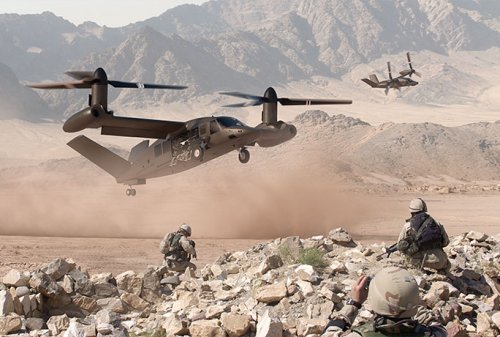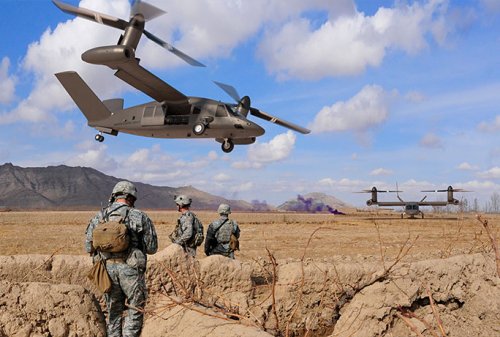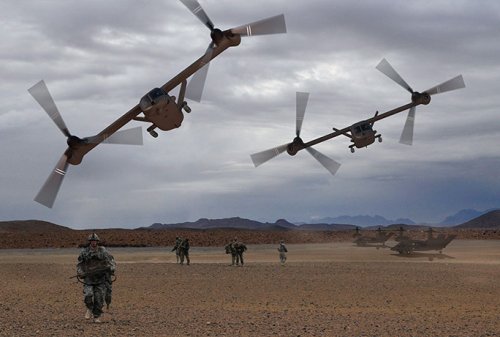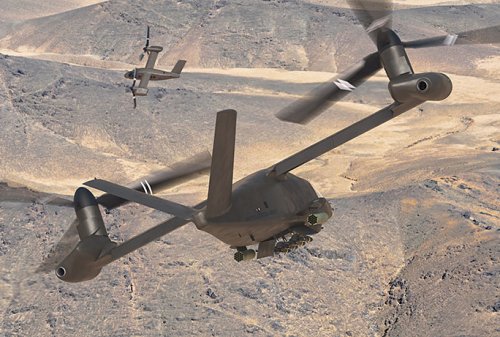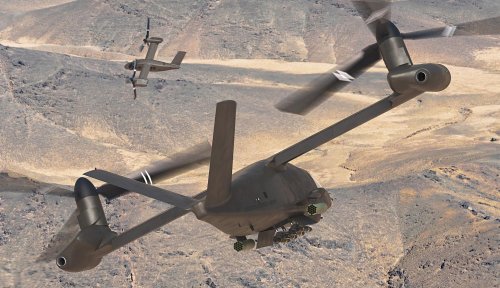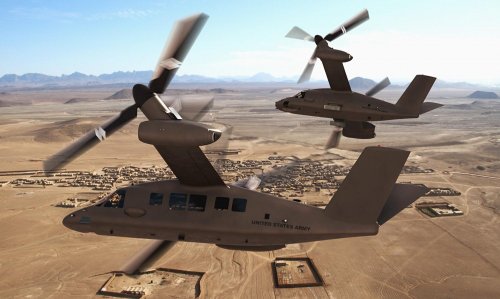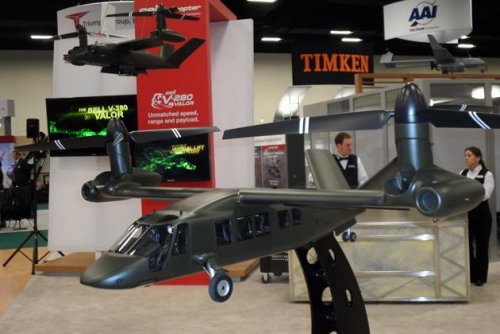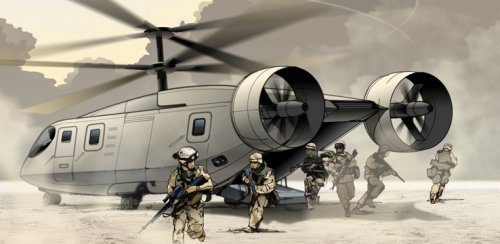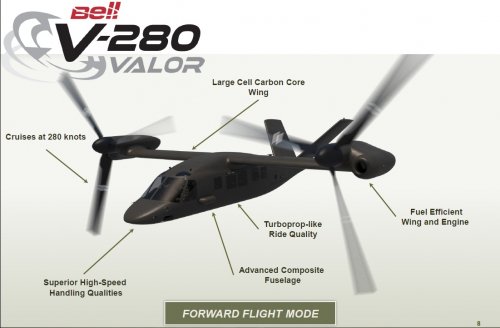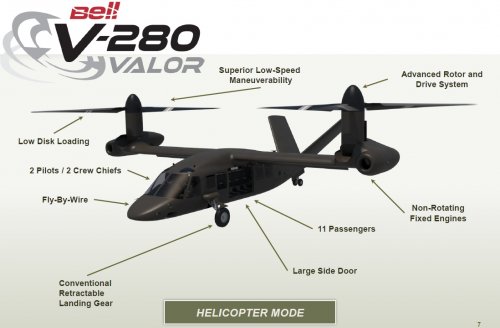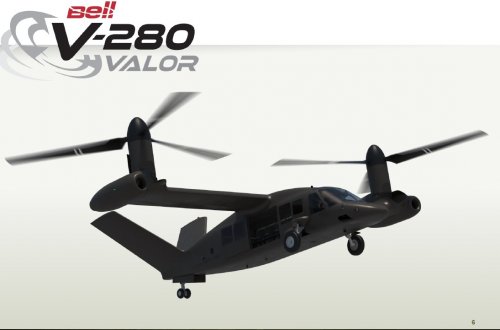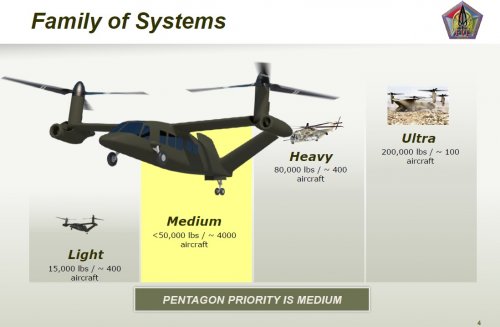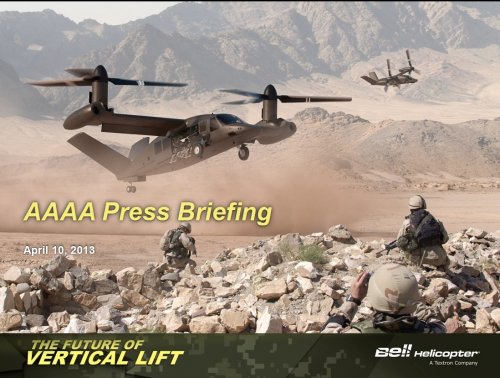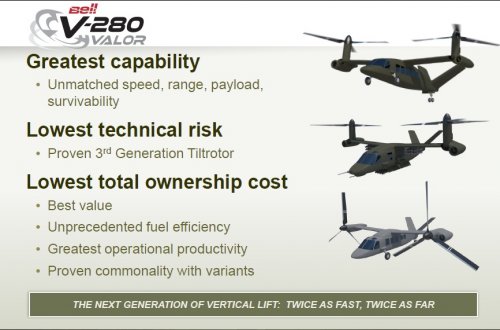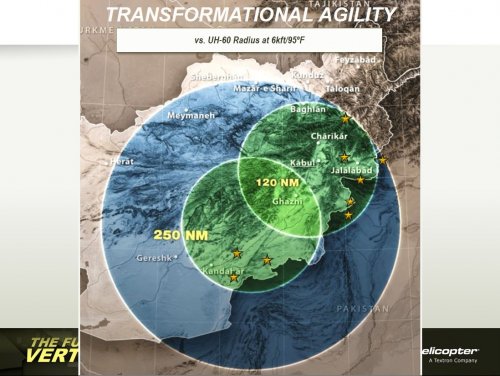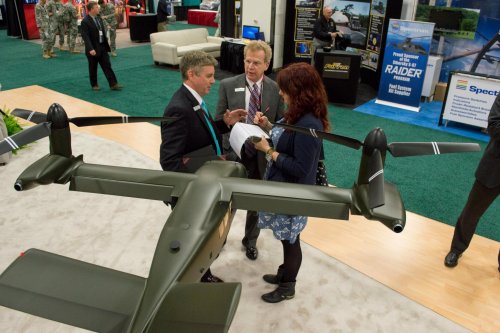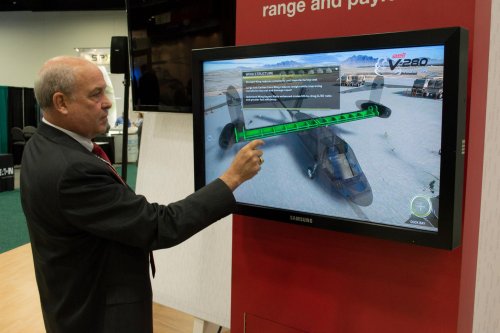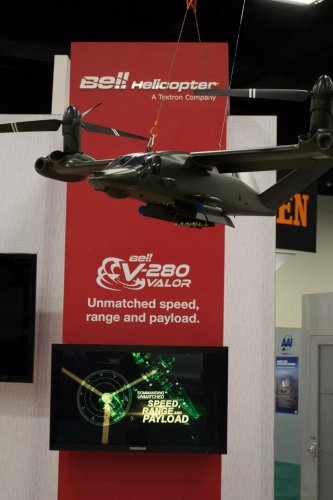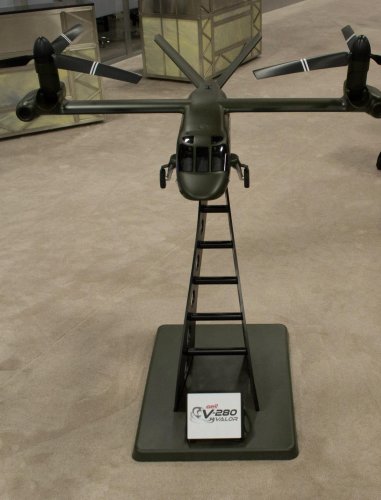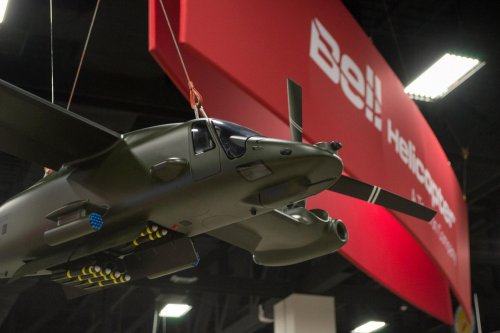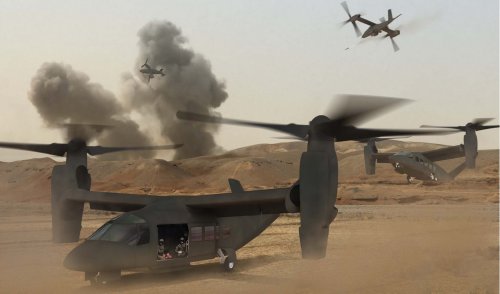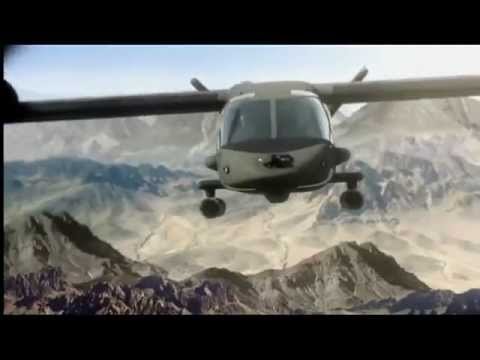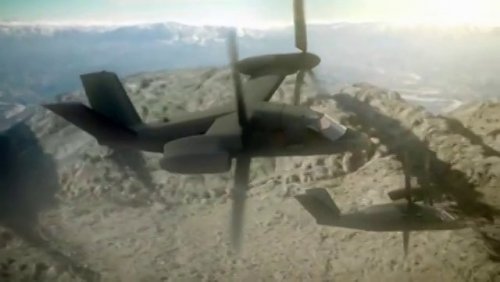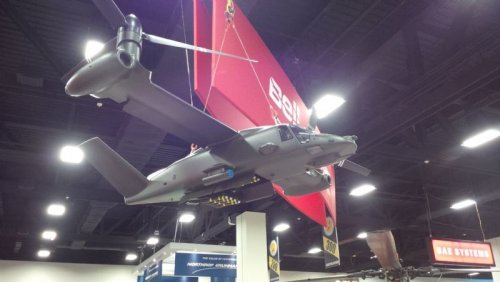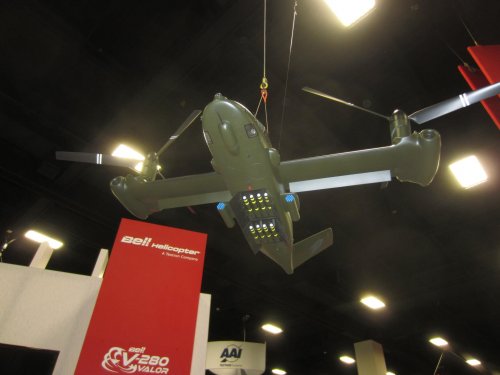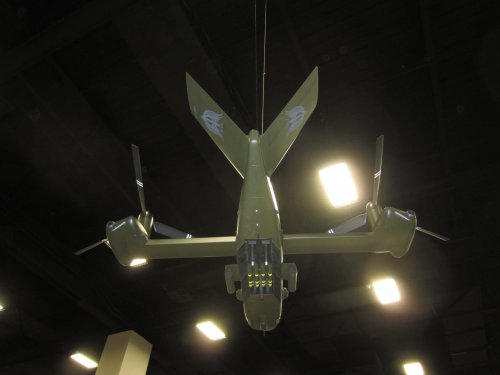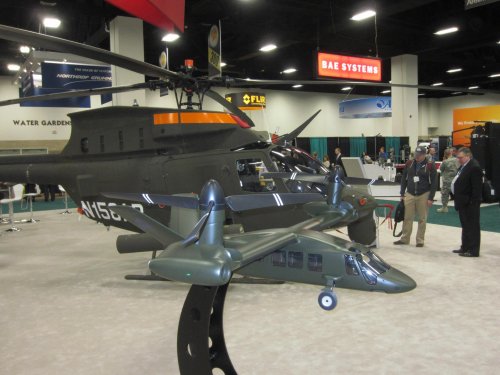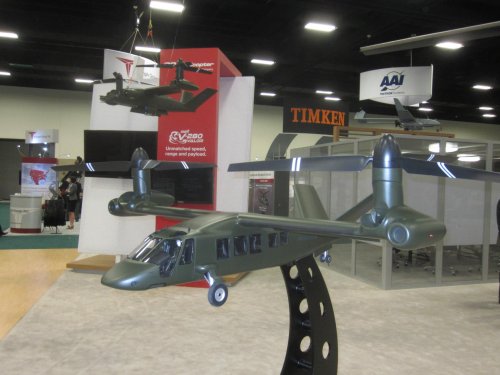FOR IMMEDIATE RELEASE
FORT WORTH, TX (April 10, 2013) – Bell Helicopter, a Textron Inc. company (NYSE: TXT), revealed today the Bell V-280 ValorTM, its offering for the Joint Multi Role/Future Vertical Lift (FVL) Technology Demonstrator (JMR/TD), at the 2013 Army Aviation Association of America’s (AAAA) Annual Professional Forum and Exposition in Fort Worth.
“The introduction of the Bell V-280 Valor underscores our commitment to our military customers. The Bell V-280’s unmatched capabilities in speed, range and payload, and its operational agility combine to deliver the best value for the U.S Army,” said John Garrison, president and CEO at Bell Helicopter. “This aircraft is the most advanced and operationally effective vertical lift solution, providing the Warfighter a decisive advantage. The name itself makes an important statement of its own: V representing vertical lift, 280 representing its unmatched speed, and Valor as a tribute to the service men and women who approach their jobs with valor every day.”
The Bell V-280 Valor, Bell Helicopter’s third generation tiltrotor, offers the U.S. Army the highest levels of maturity and technical readiness. With its U.S. Army-centric design, the Bell V-280 has the capacity to perform a multitude of missions with unparalleled speed and agility. The Bell V-280’s clean sheet design reduces complexity compared to previous generation tiltrotors, with fewer parts, as well as non-rotating, fixed engines. The Valor delivers the best value in procurement, operations and support, and force structure, providing increased maintainability, component reliability and systems designed to reduce operational and support costs.
“The Bell V-280 is a combat multiplier with a cruise speed of 280 knots and combat range of up to 800 nautical miles. Tiltrotor is the only vertical lift platform that can rapidly self-deploy to any theater,” said Mitch Snyder, executive vice-president for military programs at Bell Helicopter. “And our technology demonstrator is a true medium class aircraft accommodating a crew of four and 11 troops, which translates to the highest level of certainty for a future program of record.”
The Bell V-280 Valor’s Army-centric design boasts a number of unmatched capabilities and transformational features including:
- Speed: 280 KTAS cruise speed
- Combat range: 500-800nm
- Strategically Self-Deployable – 2100nm Range
- Achieves 6k/95
- Non-rotating, fixed engines
- Triple redundant fly-by-wire flight control system
- Conventional, retractable landing gear
- Two 6’ wide large side doors for ease of ingress/egress
- Suitable down wash
- Significantly smaller logistical footprint compared to other aircraft
“Bell Helicopter is leading the development of next-generation tiltrotor technology, because it’s the best technology for future vertical lift. The U.S. Army’s JMR/TD Operational Effectiveness Analysis Report stated that advantages in speed and fuel efficiency made the tiltrotor the most operationally effective concept aircraft,” said Snyder. “Based on a strong foundation of 55 years of tiltrotor experience, including combat-proven platforms, Bell Helicopter has created the ultimate solution for the Army’s FVL needs.”
Bell Helicopter is the world’s premier tiltrotor expert ranging from first generation XV-3 and XV-15, to the second generation 609 civil tiltrotor and the combat-proven V-22 Osprey. Backed by unmatched experience, Bell Helicopter is building a team of premier aerospace leaders, the best engineering resources and industrial capabilities in the industry to meet the U.S. Army’s needs.

